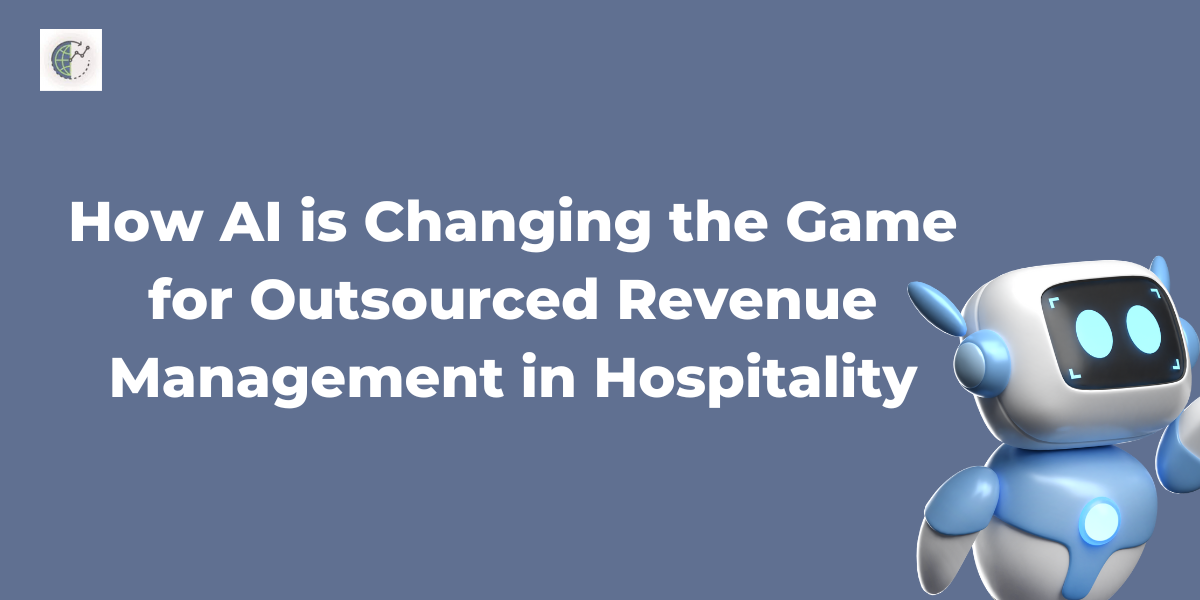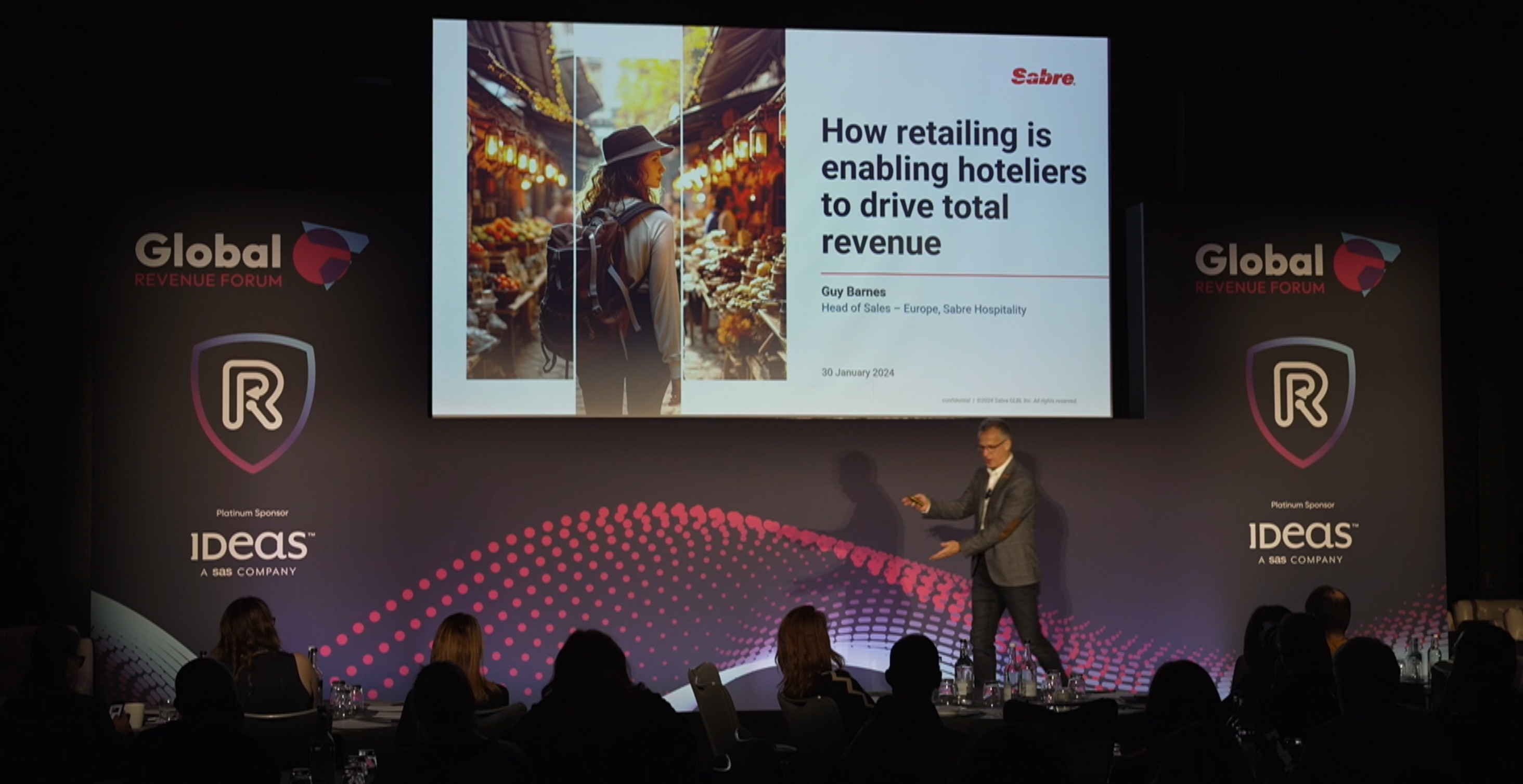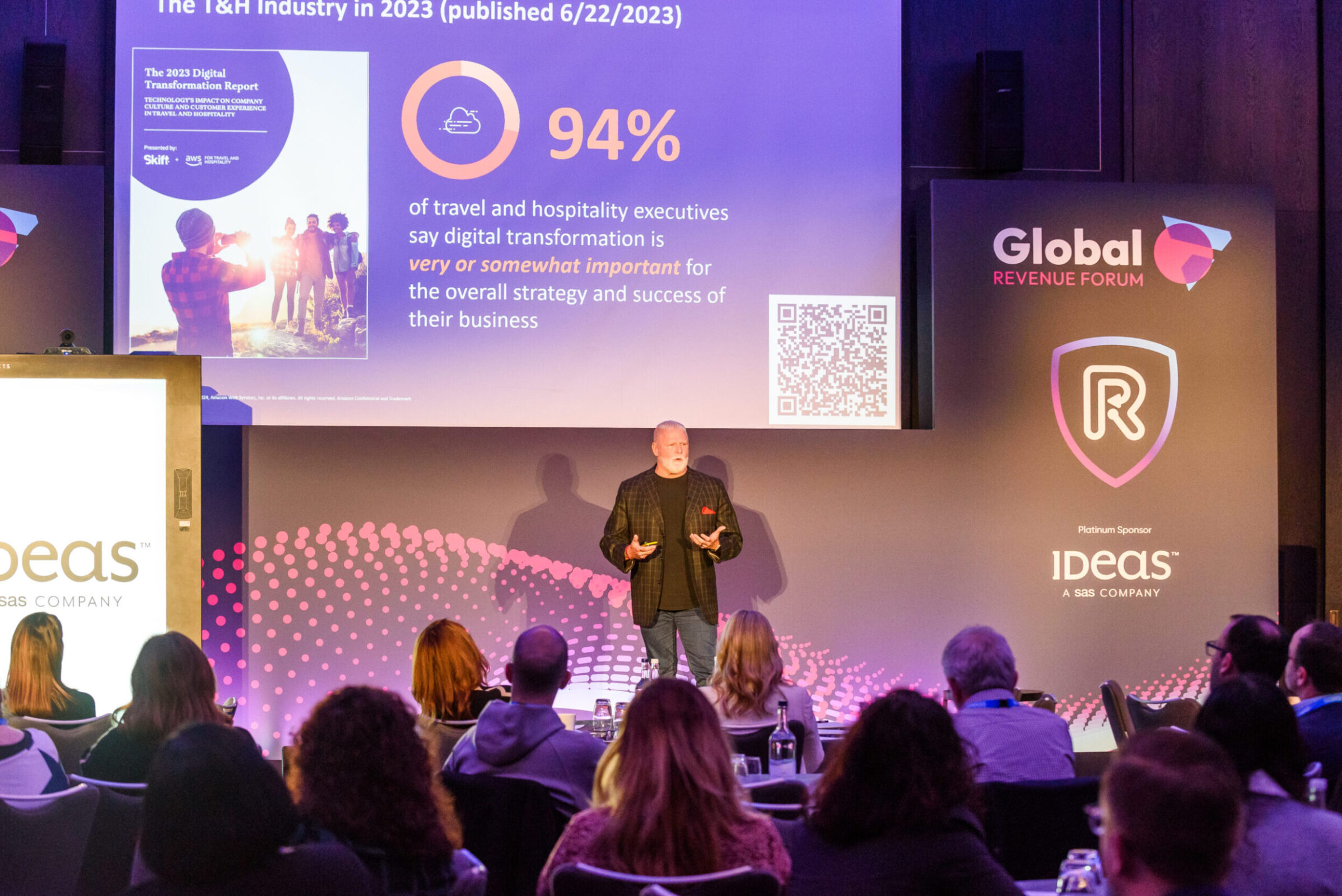This is a guest post from Ashley Verill CRM Market Analyst at Software Advice:
Hotel operators love online travel agencies (OTAs) for booking rooms that would have remained unoccupied, but at the same, they despise them for taking customers who might have paid full price. Travel websites charge hotels hefty fees for bookings, but more and more travelers are moving to exclusively booking through these sites. So what is a hotel manager to do?
Luckily, there are ways hotels can lure customers back to their own websites, phone lines and front desks. Here’s a few our experts found.
Give Your Social Media Followers A Deal
Offering deals to your Facebook following, is completely acceptable. Here’s an example from an Atlanta hotel that includes a discount code:

According to the marketing agency that helped launch this promotion, the hotel received nearly $2,000 in revenue directly from this campaign (compared to the typical $100 or less from social media).
Blog About Timely Deals And Share Through Email List
Your blog is a great resource for both reminding potential customers why that moment is a great time to travel and for mentioning deals relevant to whatever event or season might be coming up. You can send these posts to your email list, as well as optimize them with keywords that have high search traffic. This latter tip can be a great strategy to drive more organic traffic to your website. For example, “SXSW hotels” receives 170 searches per month, so Austin-area hotels could write blogs optimized for that keyword so they rank high when people search for that term in Google. Here’s an example of a blog post advertising Spring time events in the area around The Sanctuary Beach Resort in Monterey Bay:

Design Your Website to Hook Customers
Most customers assume if they book on OTAs, they will get the “less desirable rooms.” So you need to show them what your best rooms look like right from the get go. Make sure that your most attractive rooms, views and balconies (if you have them) are front and center (like on your homepage). These images need to be professionally taken, and show how attractive your rooms are with features like soaking tubs, incredible views, large windows. Here’s an example from the Driskill Hotel in Austin. You can clearly see the city scape views from the window:

Offer Deals to Site Visitors with Pop-Ups
Another way to immediately grab your website visitor’s attention and keep them onsite is with pop-up deals. I’m not talking about the annoying, blinking pop-ups for unsavory products that we remember from the early days of the Internet. I mean an offer specifically for your hotel that offers a deal and invites them to “book now.” Here’s a good example from the Napa River in California. This screen pops up immediately when you visit their website:

Make It Almost Too Easy For Visitors To Book Online
Remember when we used phones for talking? Most customers will do anything to avoid picking up the phone, sitting on hold and dictating their information to a front desk agent. For this reason, you need to make sure the online booking experience is effortless.My company answers questions from hotel automation buyers all day, so we know exactly how these systems can streamline your web-based booking process. Here’s an example from HotelLogix client, the Kertanegara guest house in Indonesia:

Send Snail Mail to Let Loyal Customers Know You Care
For many industries, direct marketing through snail mail has gone the way of the dodo. But many hotel marketers say physical mail still provides a significant return for hotel loyalty programs. This could be because postcards make you think about travel, and when they’re combined with a deal, it could be just the kick they need to start planning their next trip. These postcards can also be hung up on a bulletin board or fridge as a constant reminder. Here’s an example postcard from the Sebastian Vail:

Interact With Past Guests On Sites Like TripAdvisor
In addition to checking your website, shoppers often visit sites like TripAdvisor to check see what other guests say about you. This is also another chance to draw travelers to your site. Hotel operators should respond to as many comments as they can. For example, if someone comments on how much they enjoyed the spa, a hotel could respond by thanking the customer for their feedback and informing them of a new spa package they’re currently offering with bookings through their website. This shows customers you care and are willing to take steps to provide them with more value. Here’s an example from the Hotel 100 in Seattle:

These are just a few strategies our experts discovered. How do you drive more direct bookings? Join the conversation with a comment here.
Alan S. Horowitz contributed to this report.
Ashley Verrill is an analyst with Software Advice. She has spent the last six years reporting and writing business news and strategy features. Her work has been featured or cited in Inc., Forbes, Business Insider, GigaOM, CIO.com, Yahoo News, the Upstart Business Journal, the Austin Business Journal and the North Bay Business Journal, among others. She also produces original research-based reports and video content with industry experts and thought leaders.





